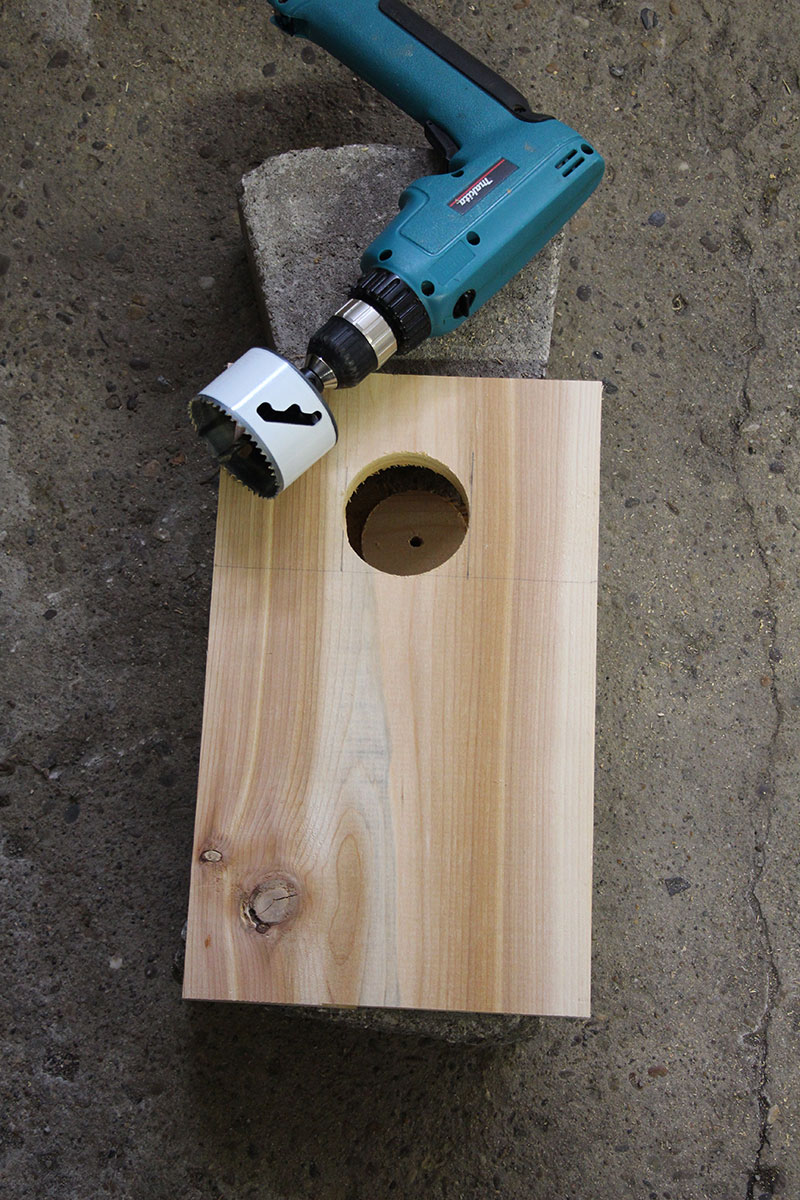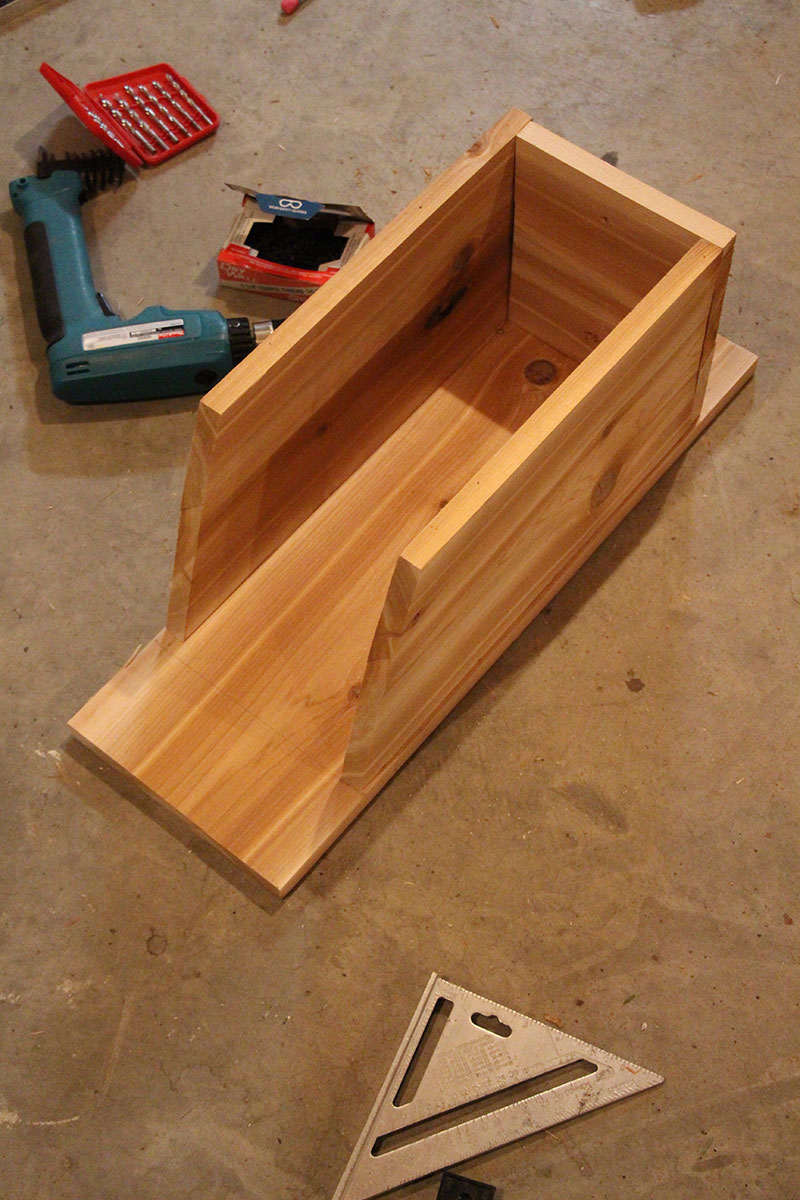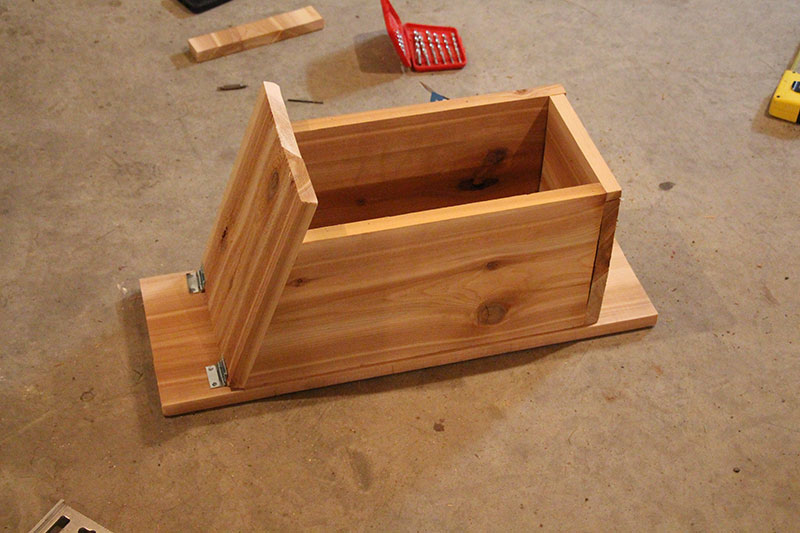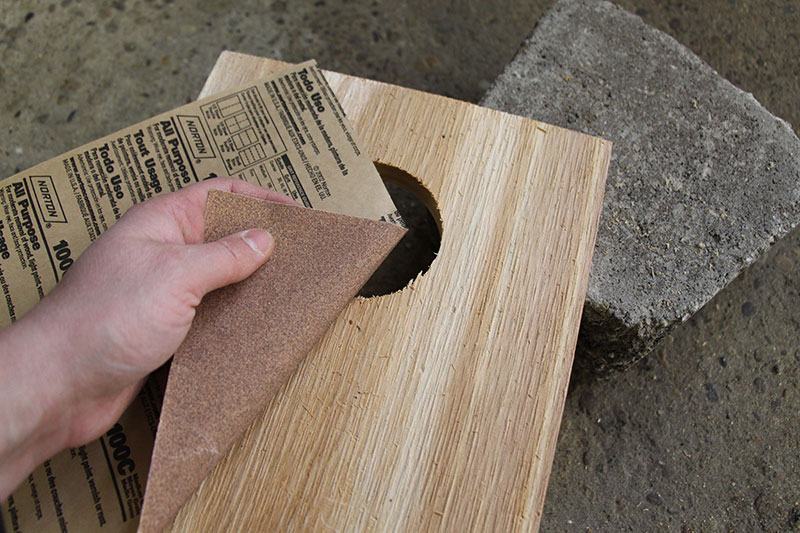
Eastern screech owls (Megascops asio) are regular residents of our Pennsylvania property. We hear their high-pitched, whinnying call almost every summer night. Found all across the eastern U.S., Canada and Mexico, eastern screech owls are nocturnal predators that feed on mice, voles, rabbits, squirrels and even large insects. Another species, the western screech owl (Megascops kennicottii) is nearly identical, and it’s found across the western part of the continent. We encourage as many screech owls as possible because they help us control the colony of voles that call our vegetable garden home. You can encourage them, too, by building a screech owl nesting box like the ones we use.
Both types of screech owls are cavity nesters, typically making a home in a previously excavated woodpecker hole or in a manmade nesting box. Breeding pairs often return to the same hole every season. They prefer open woodlands, grasslands and parks for nesting sites, but they’ve adjusted quite well to humans and can often be found nesting in suburban backyards.
We encouraged these helpful nocturnal predators to call our home theirs by erecting a screech owl nesting box on our property. Eastern screech owls typically lay eggs in April, with each brood containing between one and six eggs. After a near month-long incubation period, the eggs hatch. The parent owls feed their growing babies lots of bugs (including beetles, cicadas and crickets) as well as pieces of animal flesh. Here are the plans we use to make our screech owl nest boxes. The original plan for this screech owl nesting box came from the Treasure Coast Wildlife Center in Florida.
What You’ll Need:
- 1 8-foot-long, 1-by-10-inch cedar board
- 1 box 1¼-inch wood screws
- 1 set of two 1½-inch hinges
- miter saw or circular saw
- measuring tape
- framing square
- straight edge
- cordless drill
- spiral bit set
- driving bit set
- 3-inch hole saw bit
- sandpaper
- safety glasses
- work gloves
Step 1

Measure and mark the cedar board according to the following photograph. Then use a miter or circular saw to cut the board into pieces along the marked lines.
Step 2

Take the piece marked as the front panel and drill a 3-inch hole in the center so the bottom of the hole is 10 inches from the base of the panel.
Step 3

Lay the piece marked as the back panel on a level work surface. Set the two side panels up on their back edges. (The highest edge of their slope should be against the back panel.) Put the piece marked as the bottom panel against what will be the bottom of the box.
Step 4

Predrill holes for the screws and attach the bottom panel to the base of the sides.
Step 5
Carefully lift the now connected, U-shaped side and bottom panels off the back panel and flip them over, putting them face-down onto the level work surface. Place the back panel on top of them, lining the side edges up so there’s a small overhang on each side. The top of the back panel should extend about 4 to 5 inches beyond the top slanted edge of the side panels.
Step 6

Predrill holes along both edges of the back panel, and then screw the back panel to the side panels along each edge.
Step 7

Flip the project over so it’s resting on the back panel again. Attach the hinged roof by placing the roof panel on the slanted edge of the side panels. Put the hinges in place, mark the holes, predrill a hole for each screw, and then secure the hinges to the back panel and the roof.
Step 8

Sand the edges of the 3-inch hole in the front panel.
Step 9

Attach the front panel to the nest box by predrilling three holes along each edge and then screwing the front panel in place.
Step 10
Your screech owl nesting box is now complete. Cedar is a naturally rot-resistant wood, so there’s no need to paint or stain the box. Over time, it will weather to a soft gray.
Placing Your Screech Owl Nesting Box
Your screech owl nest box should be hung on a pole, tree, shed, barn or other structure about 10 to 15 feet off the ground. Try to place it in an open area near a tree line.
Like all owls, screech owls will not build a nest inside of their nesting cavity or box. Instead, the females lay their eggs on whatever materials remain from the previous resident’s excavation or nesting efforts. To mimic this natural debris, put a few inches of wood shavings or pine needles in the bottom of the box.
Each winter, clean out the nest box and replace the wood shavings in the bottom of the box.




